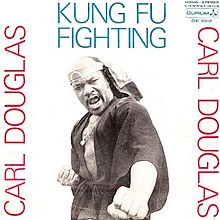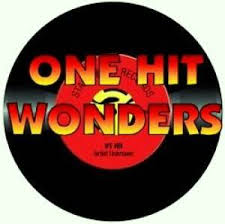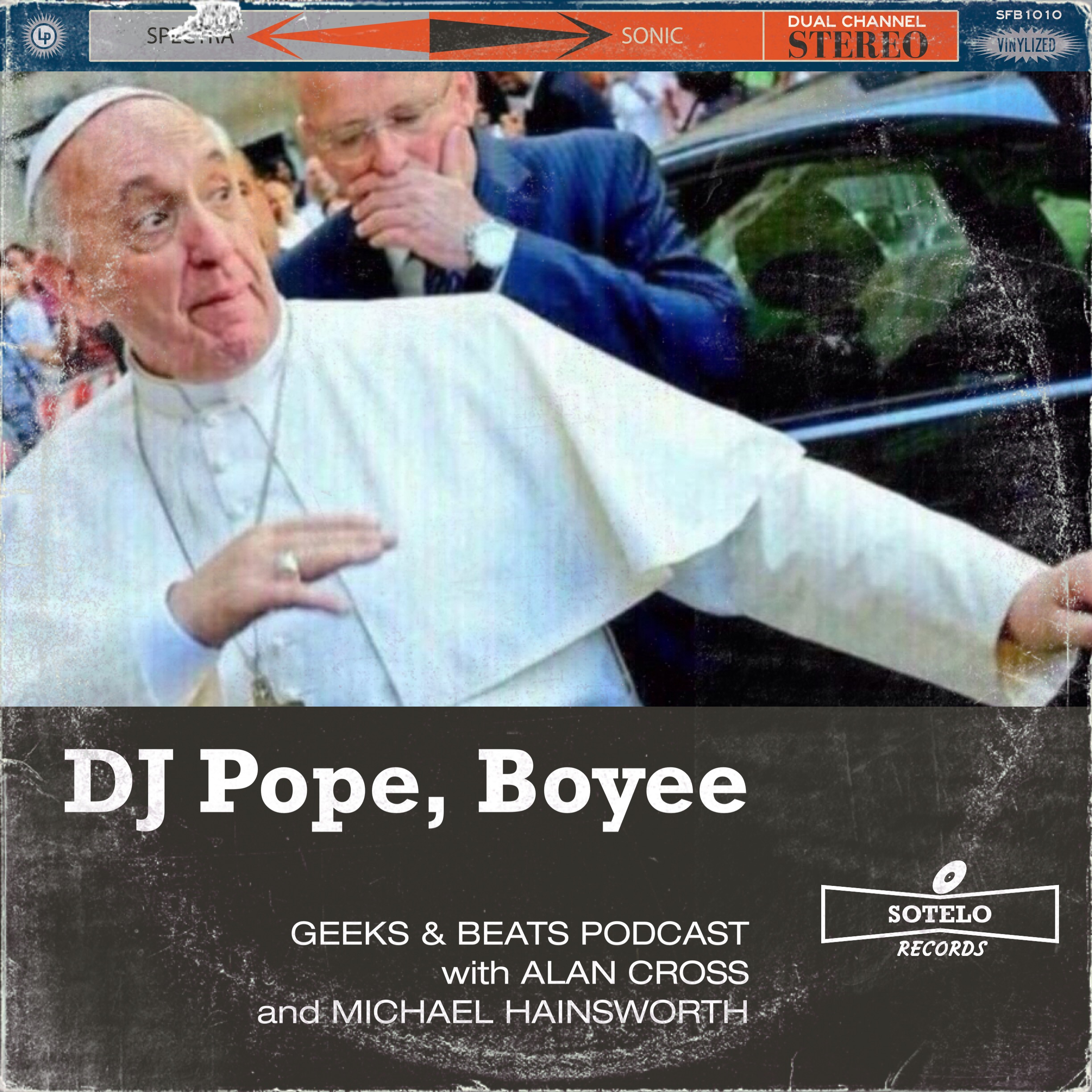
Today is One-Hit Wonder Day
Yeah, the Pope may be in New York to address the United Nations, but more importantly, today is National One-Hit Wonder Day. And even though it’s an American event, it doesn’t mean that we can’t celebrate those artists who had just one good song in them.
Let’s be clear what we’re talking about: a true one-hit wonder is an artist made it into the Billboard Top 40 once and then disappeared forever. This means we have two classes of such songs. There’s the true one-hit wonder (“In the Year 2525” by Zager and Evans from 1969 and “Puttin’ on the Ritz” by Taco from 1983).
The second is an established artist who somehow managed to sneak one song onto the charts but were still otherwise very successful. I sometimes get annoyed when I hear “Bittersweet Symphony” from The Verve and “Tainted Love” by Soft Cell classified as one-hit wonder acts, but if we follow the above definition, that’s actually a correct designation.
We can slice this thing in a bunch of different ways, too. If you’re into alt-rock, there are plenty of acts who managed to attract our attention just one without any official Billboard Top 40 designation. Consider Lisa Loeb who forever burned her glasses into our minds with “Stay (I Missed You)” from 1994. What about The Flys and “Got You Where I Want You” or “No Rain” by Blind Melon? Each had plenty of other songs, but will forever be identified by those tracks.
Let’s bring it home to Canada: “Living on Video” by Trans-X (1983), “Sleepy Maggie” from Ashley MacIsaac (1995) and “Porn Star Dancing” from My Darkest Days (2010). From there, we can burn down to the alt-rock level where we find–well, there’s just too many to choose from. Anyone remember Gregory Hoskins and Stick People?
So this brings us to the question: what’s you’re favourite one-hit wonder? Tweet something out at #OneHitWonderDay.
Me? This is my favourite: “Kung-Fu Fighting” by Carl Douglas from 1974. It was written during the chopsocky film trend of the middle 70s when people were transfixed by people like David Carradine as Kwai Chang Caine on Kung Fu, an ABC-TV series that ran from 1972-75. I still call young initiates “Grasshoppa” just like Master Po.
When Carl Douglas went into the studio to sing a song called “I Want to Give You My Everything,” his producer, Biddu Appaiah, said “Dude, we still need a B-side. Got any lyrics?” Douglas gave him several examples, including this kung fu song he wrote as a joke. An arrangement was quickly worked out and the song was recorded in all of ten minutes. Two takes and that was it. And then everyone forgot of it until the head of Douglas’ label called.
Robin Blanchflower had listened to both sides of the single and didn’t think much of the A-side. The B-side, however, was another matter. “This is a hit!” he exclaimed. He immediately ordered that the song be released as a single with another track called “Gamblin’ Man” as the flip.
At first, it looked like Blanchtower was wrong. For five weeks, the track did nothing. But then dance clubs DJs picked up on it–it was the early days of disco and this kind of dance music was still a novelty–and the thing exploded. It eventually reached #1 in both the UK and the US (as well as Canada, Australia, France, Germany, Ireland, the Netherlands and Belgium) and sold more than 11 million copies worldwide.
Then Carl Douglas disappeared–with the exception of two other Top 40 hits in the UK that no one remembers and a cover by a British group called Bus Stop in 1998. It was also sampled in several other songs.
If you want to catch with Carl, you can go to his website, although it doesn’t seem to have been updated since October 2005.
Meanwhile, over at my other site, Geeks&Beats, the writing team has put together a list some of their favourites.



